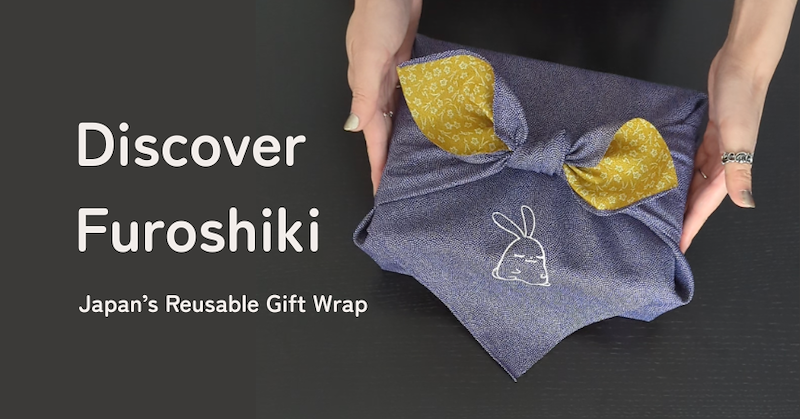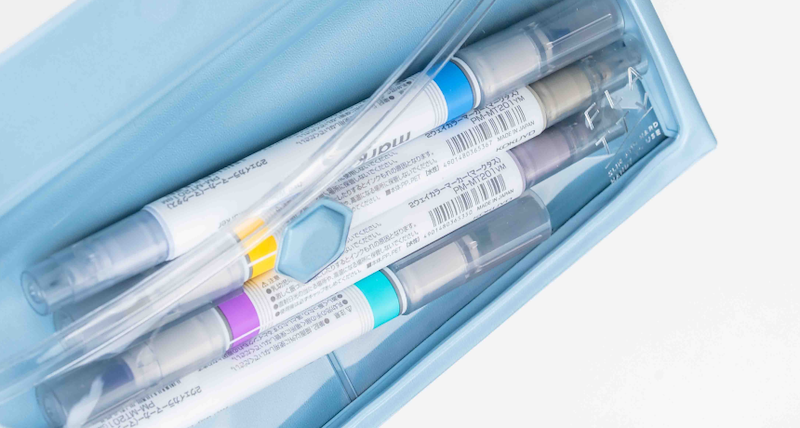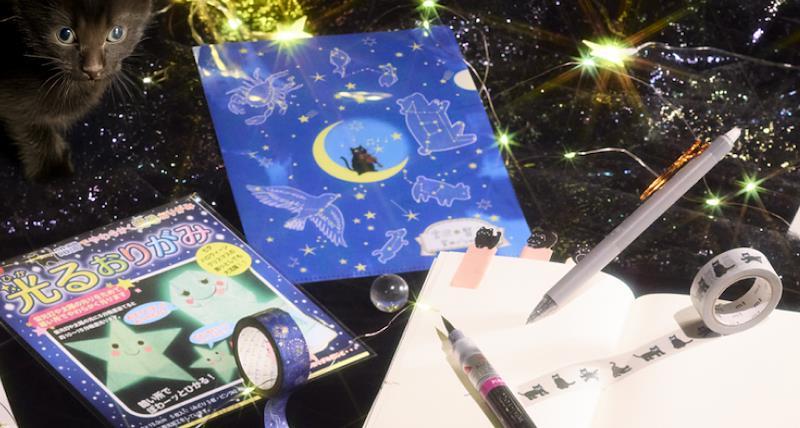Blog
Top Tags
stationery
|
japanese stationery box
|
stationery pack
|
Japanese culture
|
Previous Stationery Packs
|
annoucement
|
featured top list
|
giveaway
|
Previous Packs
|
ZenPop Giveaway
|
Featured Article
Discover ZenPop’s Denise and her dreamy, minimal stationery picks—from glittering washi tapes to playful Iwako erasers. A calm reminder to find joy in small, beautiful things.
Discover Kuretake, the Nara-born Japanese brand blending tradition and art. Explore brush pens, ZIG markers, and Gansai Tambi watercolors at ZenPop.
Discover the meaning and beauty of furoshiki, the Japanese cloth wrapping tradition. Learn its history, uses, and how to wrap your gifts with mindful elegance.
Warm up your desk this winter! Discover easy, charming ways to create a cozy, inspiring workspace using Japanese stationery and simple seasonal touches.
Discover the stationery that inspires hibikaku’s everyday handwriting—from Uni-ball pens to adorable memo pads. A calm look into tools that turn daily writing into something special.
Explore all stationery-related winners of the Good Design Award 2025—plus two ZenPop favorites: Pentel Art Crayon and PILOT KIRE-NA Highlighter.
Explore EL COMMUN, a Japanese design brand blending simplicity and playfulness. Discover MATOKA stationery and lifestyle goods made to brighten daily life.
Discover the 8 best Japanese pencil cases — from cute to functional — and find the perfect case to carry your pens, pencils, and stationery.
You've got a lot of Washi Tape, but don't know what to do with it? Here are 20 creative ideas on how you can use Washi Tape to decorate your life!
Updated for 2025: Here are the winners of this year's Japanese Stationery Awards 文房具屋さん大賞. Includes the main winners and the category prizes.
Discover the beauty of celestial stationery. From starry notebooks to shimmering washi tapes, explore how Japanese design draws inspiration from the night sky.











